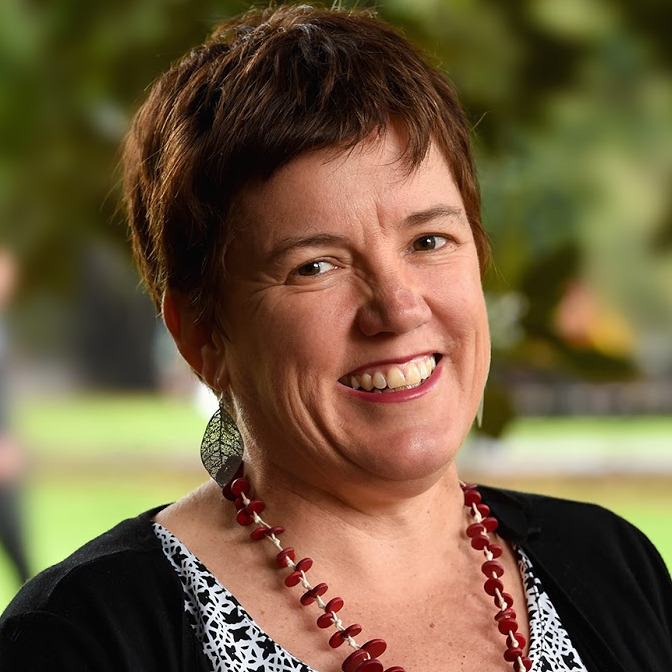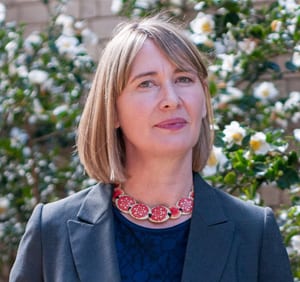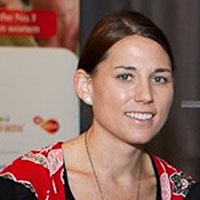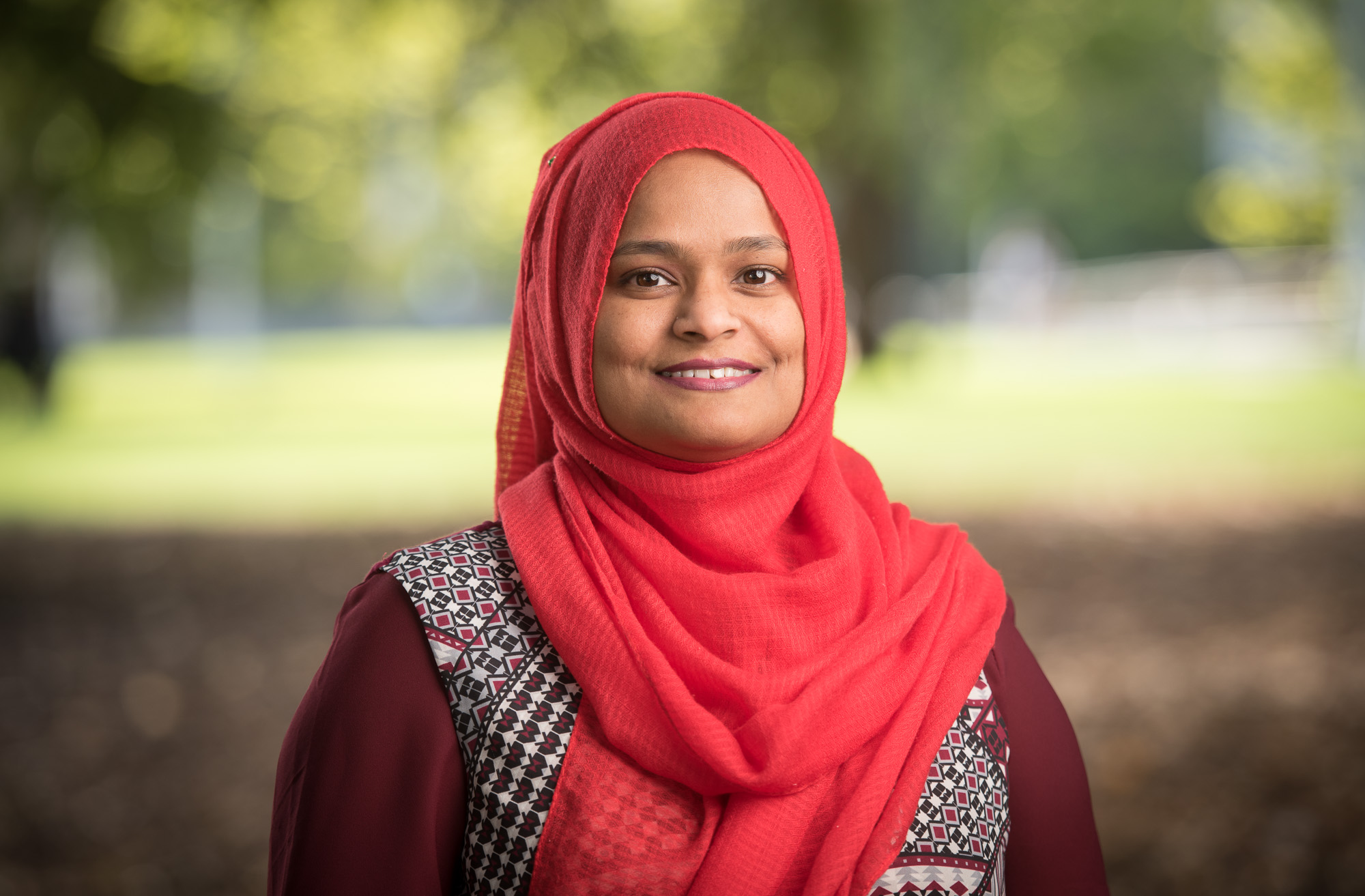The Innovative Measurement of Australian Gender (IN)Equality IMAGINE

Project Summary
The Innovative Measurement of Australian Gender (IN)Equality (IMAGINE) project is co-funded by the Australian Research Council (LP180100035) and the Victorian Health Promotion Foundation.
IMAGINE aims to develop novel approaches for measuring gender equality in Australia. This will facilitate research into the effects of gender equality on health and socio-economic outcomes.
-
Why do we need a new measure for gender equality?
Gender equality is a key human right, and is fundamental to a healthy, prosperous, and peaceful society. Across Australia, organisations and industry, as well as governments at the local, state/territory and federal level, are taking steps to promote gender equality in a variety of contexts.
However, there is a lack of conceptual clarity about what gender equality represents within Australia, particularly in relation to how to measure the process of gender equality. This lack of clarity may hinder government and industry efforts to develop, implement, and evaluate effective policies and initiatives to advance gender equality and build a more equitable society.
-
What are we aiming to do?
Given the rapid development of policies and programs targeting gender equality in Australia, robust and appropriate measures of gender equality must be available to track progress. The work undertaken in this project will allow us to examine the effects of gender equality on health and socio-economic outcomes. By partnering with gender equality leaders in government and industry, this project aims to:
- Develop a framework for the operationalisation of gender equality in Australia;
- Create a way of measuring and monitoring gender equality in Australia;
- Assess the contribution of gender equality to social, economic, and health outcomes in Australia.
-
How will it work?
Step 1
- We will work with partners and stakeholders to identify indicators of gender equality in Australia that have policy and research relevance. Engagement with policy makers and key stakeholders will not only ensure the validity of the measure, but it will also ensure its practical implementation in the Australian context.
Step 2
- We will use innovative methodological approaches to create a multi-dimensional measure of gender equality in Australia. This will be called a Gender Equality Exposure Matrix (GEEM). Exposure Matrices have traditionally been used in occupational epidemiology as comprehensive and unbiased methods of assessing exposures.
- Here, the use of an Exposure Matrix will provide an average exposure to gender equality for Australians by demographic and area-level factors. The GEEM will enable us to measure gender equality at the area level (e.g. Statistical Local Areas or SLA). By doing this, we will generate a gender equality score that the local area level that can be used to effectively monitor policy and practice initiatives.
Step 3
- Using some of Australia's key longitudinal datasets (e.g. Household Income Labour Dynamics in Australia (HILDA) survey; Longitudinal Study of Australian Children (LSAC)), as well as ABS data, we will apply the GEEM from Step 2 to examine how gender equality is associated with social, economic and health outcomes, including mental wellbeing, educational attainment, income, occupation, smoking, alcohol consumption, physical activity and sleep.
-
Details
Timeline
The project runs from January 2020 – December 2024.Project Lead
Dr Tania KingProject Manager
Dr Humaira MaheenProject Partners

- Project Summary
Contact Us
Melbourne School of Population and Global Health, University of Melbourne
207 Bouverie St, Carlton, VIC 3010

- Dr Tania King

Disability and Health,
Centre for Health Equity - Professor Anne Kavanagh

Disability and Health,
Centre for Health Equity - Professor Belinda Hewitt
School of Social and Political Sciences
- Professor Rebecca Bentley

Gender and Women's Health Unit,
Centre for Health Equity - Associate Professor Adrienne O'Neil

Deakin University
- Dr Victor Sojo Monzon

Centre for Workplace Leadership
- Dr Humaira Maheen

Disability and Health,
Centre for Health Equity
This project was originally led by Associate Professor Allison Milner (1983-2019).

- Ervin, J., Taouk, Y., Hewitt, B. & King, T. (2023) Trajectories of Unpaid Labour and the Probability of Employment Precarity and Labour Force Detachment Among Prime Working-Age Australian Women. Soc Indic Res. https://doi.org/10.1007/s11205-023-03197-4.
- Crammond, B., Maheen, H. & King, T. (2023) Conceptual foundations of a gender equality index, Health Promotion International, 38(3). https://academic.oup.com/heapro/article/38/3/daad063/7204544
- Ervin, J., Taouk, Y., Hewitt, B., & King, T. (2023). The association between unpaid labour and mental health in working-age adults; a longitudinal population-based cohort study of households over 19 years. The Lancet Public Health, https://doi.org/10.1016/S2468-2667(23)00030-0
- Ervin, J., Scovelle, A., Churchill, B., Maheen, H., & King, T. (2023). Gender Identity and Sexual Orientation: a Glossary. J Epidemiol Community Health Published Online First: 17 February 2023. http://dx.doi.org/10.1136/jech-2022-220009
- King, T. L., Maheen, H., Taouk, Y., & LaMontagne, A. D. (2023). Precarious work and the covid-19 pandemic: the need for a gender equality focus. bmj, 380. https://doi.org/10.1136/bmj-2022-072872
- Ervin, J., Taouk, Y., Fleitas Alfonzo, L., Peasgood, T., & King, T. (2022). The longitudinal association between informal unpaid caregiving and mental health amongst working age adults in high-income OECD countries - a systematic review. eClinicalMedicine, 53, 101711. https://doi.org/https://doi.org/10.1016/j.eclinm.2022.101711
- Ervin, J., Taouk, Y., Alfonzo, L. F., Hewitt, B., & King, T. (2022). Gender differences in the association between unpaid labour and mental health in employed adults: a systematic review. The Lancet Public Health, 7(9), e775-e786. https://doi.org/10.1016/s2468-2667(22)00160-8
- King T, Perales F, Sutherland G. (2022) Why we need population data on gender norms, and why this is important for population health. J Epidemiol Community Health; jech-2021-217900. http://dx.doi.org/10.1136/jech-2021-217900
- Sutherland G, Vazquez Corona M, Bohren M, et al. (2021) A rapid gender impact assessment of Australian university responses to COVID-19. High Educ Res Dev; 0: 1–15. https://doi.org/10.1080/07294360.2021.1971163
- King T, Elliott K. Why gender equality is good for men’s health and why this matters now. Am J Prev Med 2021 Jun;60(6):873-876. https://doi.org/10.1016/j.amepre.2021.01.007
- Perales F, Hoffmann H, King T, Vidal S, Baxter J. Mothers, fathers and the intergenerational transmission of gender ideology. Soc Sci Res 2021;102597. https://doi.org/10.1016/j.ssresearch.2021.102597
- King T, Perales F, Singh A, Gurrin L, Crammond B. Traditionalism vs egalitarianism : Is there an association between gender attitudes and mental health ? 2021 DOI:10.1177/00048674211031488
- Milner A, Kavanagh A, Scovelle AJ, et al. Gender Equality and Health in High-Income Countries: A Systematic Review of Within-Country Indicators of Gender Equality in Relation to Health Outcomes. Women’s Heal Reports 2021; 2: 113–23. https://dx.doi.org/10.1089%2Fwhr.2020.0114
- King TL, Scovelle AJ, Meehl A, Milner AJ, Priest N. Gender stereotypes and biases in early childhood: A systematic review. Australas J Early Child 2021. DOI:10.1177/1836939121999849
- Milner A, Scovelle AJ, King T, et al. Gendered working environments as a determinant of mental health inequalities: A systematic review of 27 studies. Occup Environ Med 2021; 78: 147–52.https://doi.org/10.1136/oemed-2019-106281
- Scovelle AJ, King T, Shields M, et al. Do psychosocial job stressors differentially affect the sleep quality of men and women? A study using the HILDA Survey. Eur J Public Health 2021; 1–3. https://doi.org/10.1093/eurpub/ckab056
- Ervin J, Milner A, Kavanagh A & King T. The double burden of poverty and marital loss on the mental health of older Australian women; a longitudinal regression analysis using 17 annual waves of the HILDA cohort. Soc Psychiatry Psychiatr Epidemiol 2021 Jun;56(6):1059-1068. https://doi.org/10.1007/s00127-020-02019-z
- Fine C & Sojo V. Women's value: beyond the business case for diversity and inclusion. The Lancet, 2019: 393(10171), 515-516. https://doi.org/10.1016/s0140-6736(19)30165-5
- Fine C, Sojo V & Lawford‐Smith H. Why does workplace gender diversity matter? Justice, organizational benefits, and policy. Social Issues and Policy Review 2020: 14(1), 36-72. https://doi.org/10.1111/sipr.12064
- King T, Taouk Y, LaMontagne T, Maheen H & Kavanagh A. Gendered associations between household labour force participation and mental health using 17 waves of Australian cohort data. Social Psychiatry Psychiatric Epidemiology 2021 Jun;56(6):1035-1047. https://doi.org/10.1007/s00127-020-01970-1
- King T, Hewitt B, Crammond B, Sutherland G, Maheen H & Kavanagh A. Reordering gender systems: can COVID-19 lead to improved gender equality and health? The Lancet 18 June 2020 10.1016/S0140-6736(20)31418-5
- Milner A, Scovelle A, Hewitt B, Maheen H, Ruppanner L & King T. Shifts in gender equality and suicide: A panel study of changes over time in 87 countries. J Affective Disorders Nov 2020: 276;495-500 10.1016/j.jad.2020.07.105
- King T, Shields M, Byars S, Kavanagh A, Craig L & Milner A. Breadwinners and losers: does the mental health of mothers, fathers and children vary by household employment arrangements? Evidence from seven waves of data from the Longitudinal Study of Australian Children. Am Journal Epidemiol. March 2020, https://www.doi.org/10.1093/aje/kwaa138
- King T, Shields M, Sojo V, Daraganova G, Currier D, O’Neil A, King K & Milner A. Expressions of masculinity and associations with suicidal ideation among young males. BMC Psychiatry 20: 228 2020. https://doi.org/10.1186/s12888-020-2475-y
- King T, Kavanagh A, Scovelle A, Milner A. Associations between gender equality and health: a systematic review. Health Promo Intl. 2020 Feb 1;35(1):27-41. 10.1093/heapro/day093.
- King T, Singh A, Milner A & Kavanagh A. Associations between gender role attitudes and mental health outcomes in a nationally representative sample of Australian adolescents. J Adolescent Health 2019 1-7. 10.1016/j.jadohealth.2019.01.011
- Milner A, Shields M & King T. The influence of masculine norms and mental health on health literacy among men: Evidence from the Ten to Men study. Am J Mens Health 2019 Sep-Oct; 13(5): 1-9. 10.1177/1557988319873532
- Milner A, King T, Bentley R, LaMontagne A, Kavanagh A. Men’s work, women’s work, and mental health: a longitudinal investigation of the relationship between the gender composition of occupations and mental health. Soc Sci Med, vol.204, 2018, 16-22. doi:10.1016/j.socscimed.2018.03.020
- Milner A, Shields M, Scovelle A, Sutherland G & King T. Health literacy in Australian male dominated occupations: What is the role of gendered working environments? Am J Mens Health 2020: 1-9. https://doi.org/10.1177%2F1557988320954022
